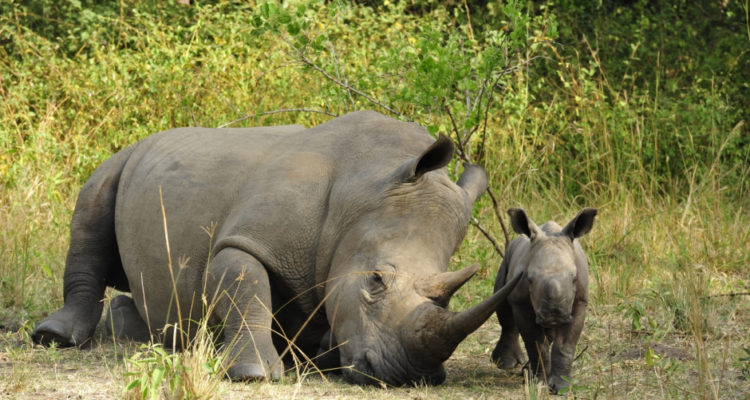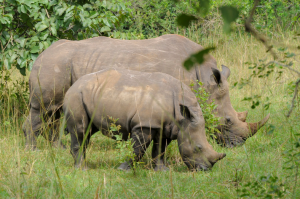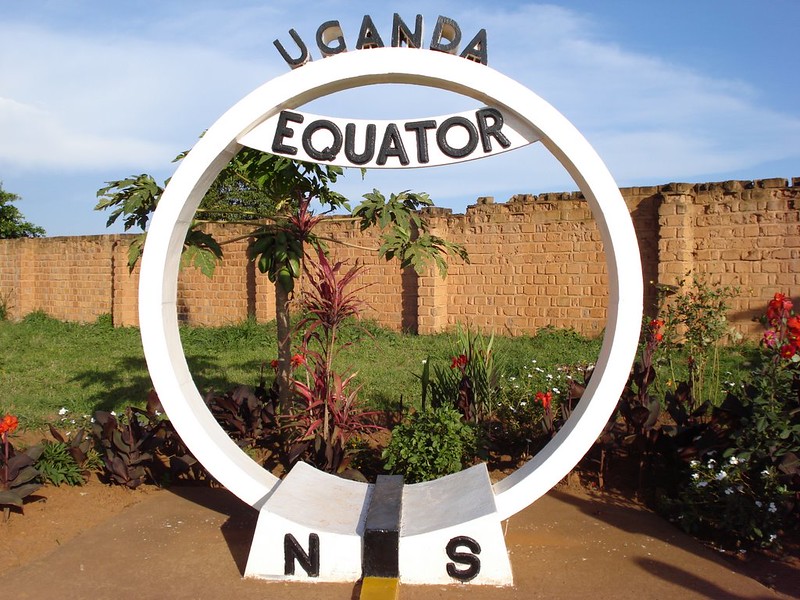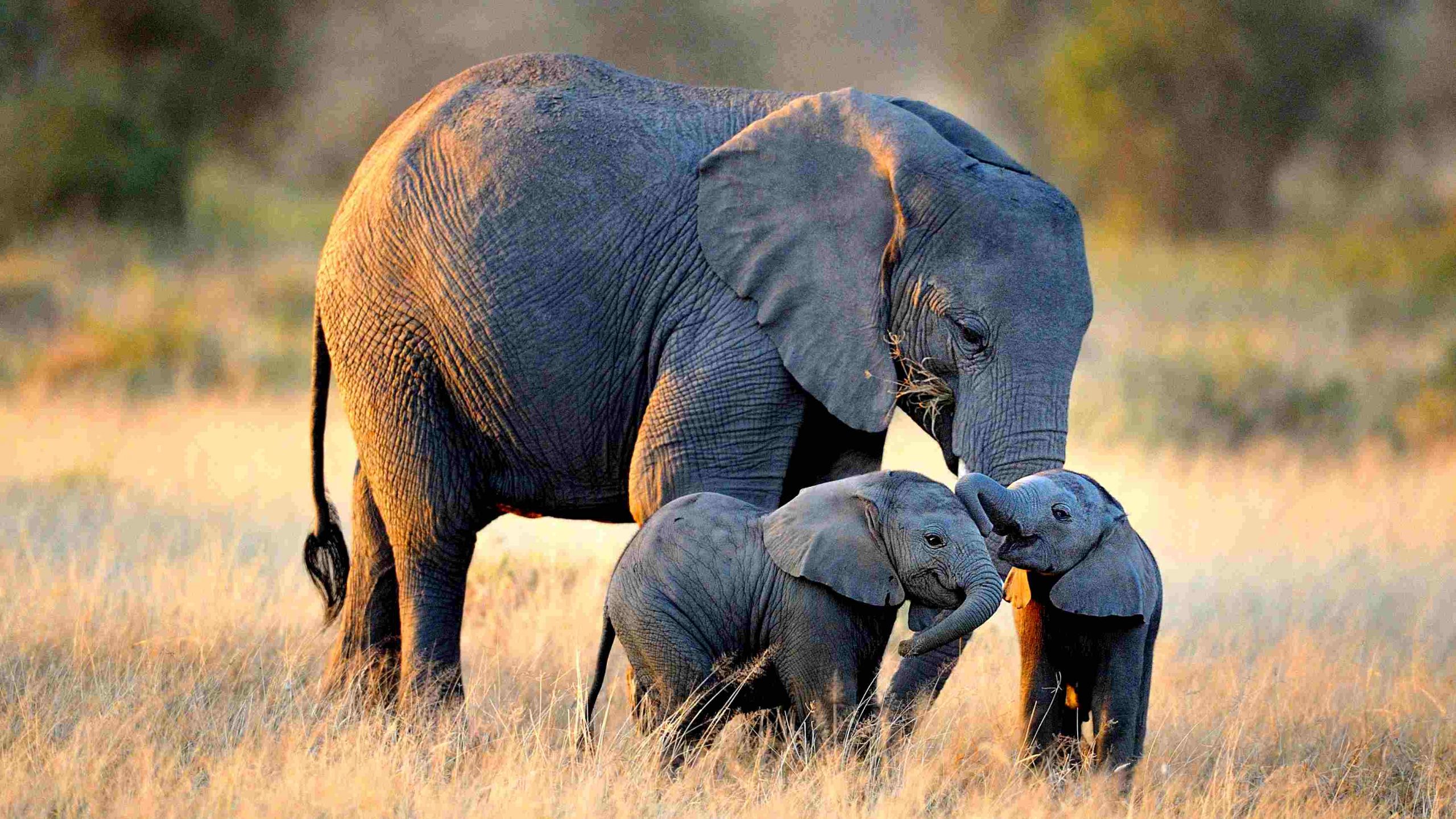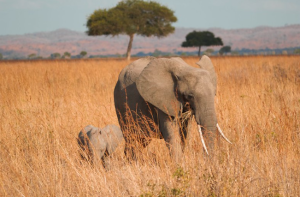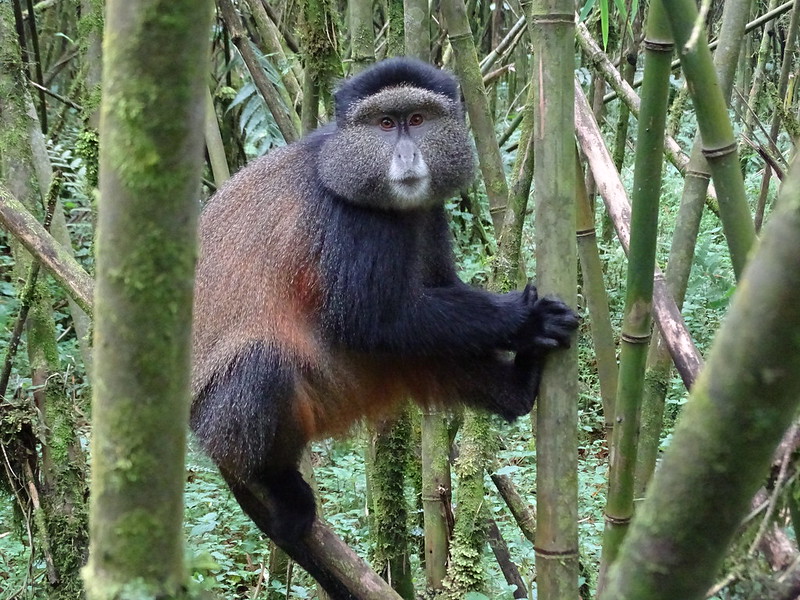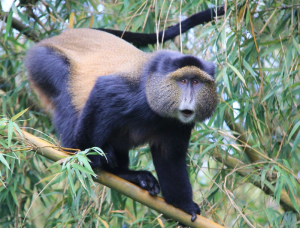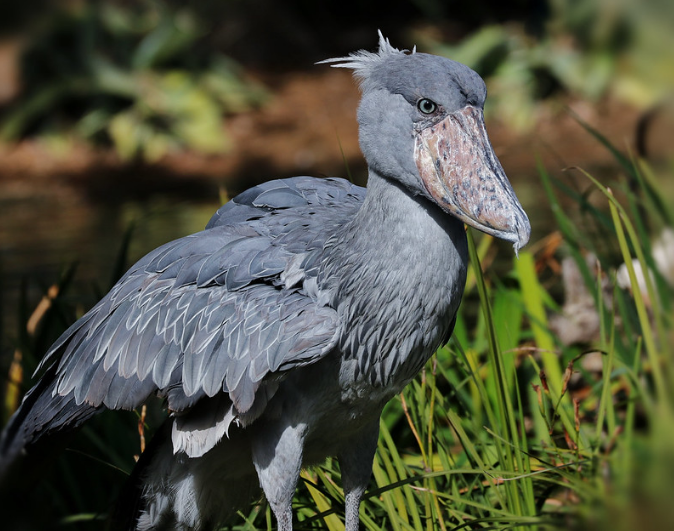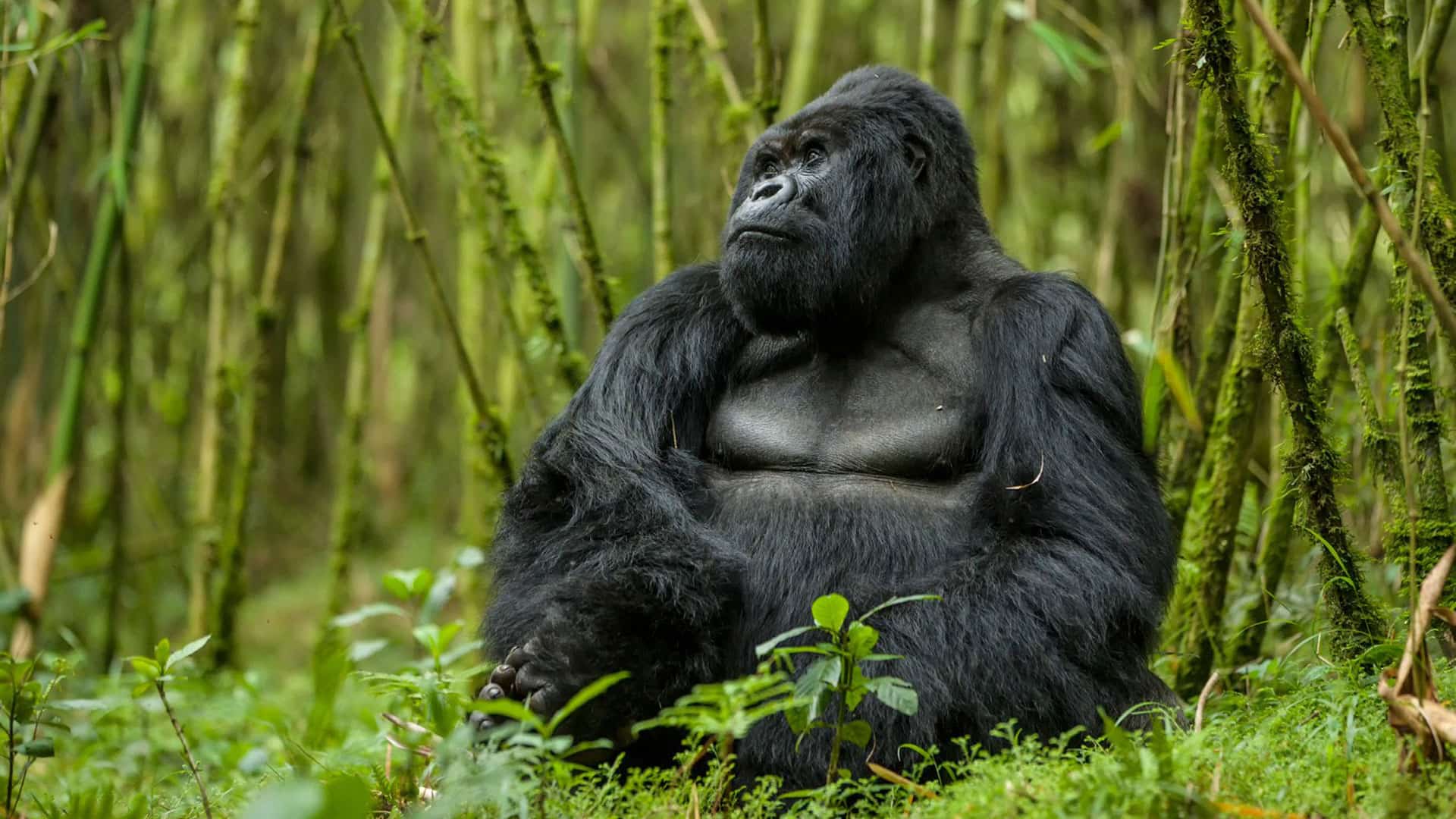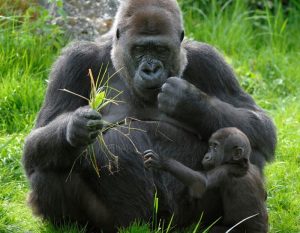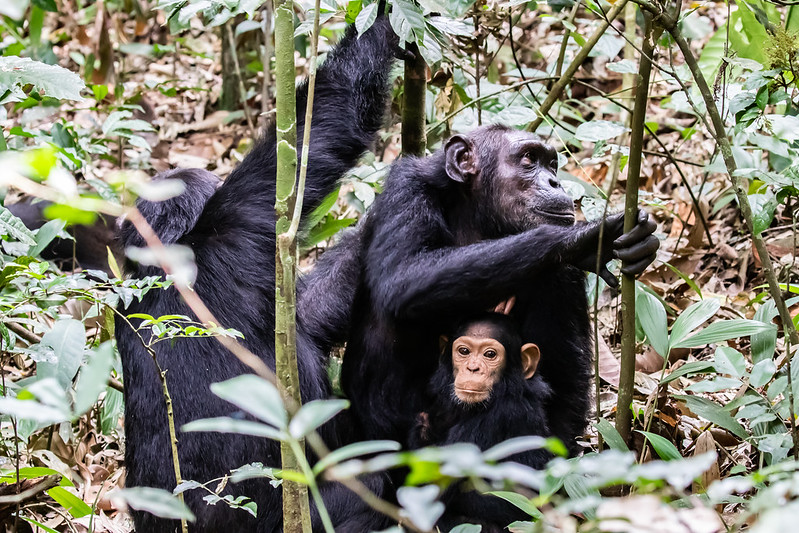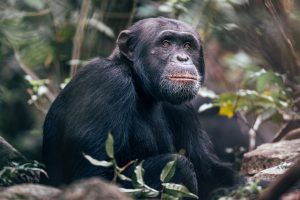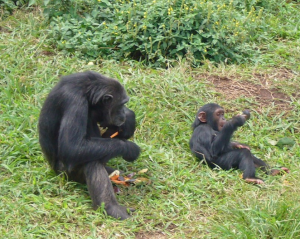Visit Uganda Today | Uganda Safaris
Visit Uganda Today | Uganda Safaris
Visit Uganda Today | Uganda Safaris? : Generally, Uganda the pearl of Africa the most stunning destination in Africa. It as a fairy tale with unique environmental attributes and the moderate climate due to country’s location on the equator. Additionally, it has got abundant biodiversity, color, brilliant life and its serene beauty. The beautiful country Uganda is particularly scenic and has a lot to offer to people with a keen interest in natural history and active holidays.
Furthermore, Uganda’s terrain is mostly plateau with a rim of mountains and a southeastern boarder of Lake Victoria. In addition, the magnificent Rwenzori ranges known as mountains of the moon will live you in awe of beauty. Here, you will enjoy different ecological habitats from savannah grasslands, rain forest, alpine, permanent ice and snow. As a matter of fact, it is the third highest mountain in Africa as well as the most difficult to climb.
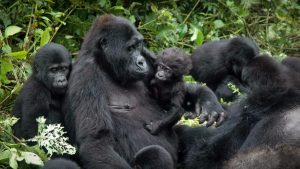
Mountain Gorillas
Uganda is basically among the only three countries on planet earth with the remaining population of mountain gorillas. Actually, it has half the number of mountain gorillas remaining in the whole world. You are able to visit them in their natural habitat-the mountain forests of equatorial Africa. These include; Bwindi National Park in Uganda, Mgahinga National Park in Uganda, volcanoes National Park in Rwanda.
Beautiful National Parks
Uganda has 10 National Parks but each National Park is quite unique and different from others. Firstly, Murchison Falls National park with the world’s most strongest waterfalls and has spectacular game drives coupled with a boat cruise. Secondly, Bwindi National Park, “the Ultimate gorilla experience” with the endangered mountain Gorillas. Thirdly, Lake Mburo National Park, also known as the “Whispers of the wild”. Fourthly, Semiliki National Park “the birders Haven”, then Kidepo Valley National Park “the true African Wilderness”.
Mountain Elgon National Park “the world’s largest mountain caldera” and Mgahinga National Park “where the silver meets gold”. Mountain Rwenzori National Park “the mystical challenge” and Kibale Forest National Park “the primate capital of the world”. Lastly, Queen Elizabeth National Park “medley of wonders” is a must visit while in Uganda. Therefore, if you are a bird lover, get prepared to record over 600 species of birds of which some are migratory ones. You can also take a game drive in Ishasha in search for the tree climbing lions or visit the crater lakes region.
Chimpanzee tracking
Basically, Uganda is marketed as a primate country and these can be enjoyed while on your safari. These include; chimp tracking in Kibale “the primate capital of the world” and Queen Elizabeth National Park. However, trekking these primates needs a permit which can be obtained from Uganda Wildlife Authority. Otherwise, you can participate in Chimpanzee habituation experiences & chimpanzee tracking and get to learn more about them.
Source of the Nile
Generally, this is the mighty River Nile, the second-longest river in the world, who’s largest source is in Lake Victoria. The source of the Nile is prettier due to its largest fresh water in Africa and the longest on planet earth. If in doubt, visit Uganda and make sure you take a boat/canoe to the source of the Nile. In fact, that’s when you will believe that indeed the source of the Nile is in Jinja Uganda. There have been many claims that the source of the Nile is in Rwanda but the truth remains that it is in Uganda. In conclusion, visit Uganda and explore the source of the Nile.
Hospitable people
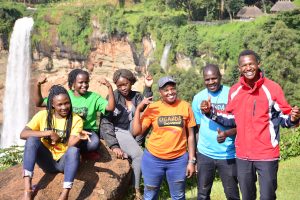
The country Uganda is popularly known for having very nice, beautiful and happy people. Ugandans are so hospitable that they are always welcoming, and willing to help and thier smiles are as war, as the sun. Uganda is basically made up of a number of ethnic groups from the central, south, west, east, and north. However, each with its own language, distinctive customs and norms. From the west to the east, south to north and to the central, you will find the best and lovely people to visit. This therefore makes your holiday in Uganda so peaceful and relaxing.
Conducive climate
Basically, Uganda lies astride the equator but its climate is not truly equatorial due to several factors. These include; water bodies, relief, vegetation, not to mention but a few. As a matter of fact, Uganda’s sun blazes all the year. This therefore means that Uganda can be visited all year round and because of the climate, we are able to grow enough fresh food and fruits. In fact, you can as well enjoy them while on your visit to Uganda.
Uganda’s taste bud’s rich cuisine
Uganda’s food is as rich as its culture, since each tribe has its own staple food. A proper Ugandan meal is a celebration in itself, and some meals are prepared as early as the day before, to be served at lunch the following day. Then there is the street food, the most notable being the Rolex. While a Rolex is a timepiece in most countries, in Uganda it’s a popular street food that can be eaten anytime of the day. It’s an omelet that is rolled with a chapatti and some onions and tomatoes.
The bird paradise
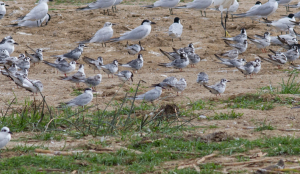
This country has got the highest concentration of birds in Africa boasting with over 1040 species. Note that, in Uganda you will find migratory birds from North Africa and Europe. Lake Bunyonyi, meaning “lake of small birds,” is the second-deepest freshwater lake in Africa. There are 29 islands in the lake, and it’s a haven for bird lovers. This lake can be added on your bucket list while visiting Queen Elizabeth National Park or Bwindi Impenetrable Forest National Park.
Best time to visit Uganda
Because of the favorable climate conditions Uganda experiences, the country can be visited all year-round. Nevertheless, you should consider that there are two major tourism seasons each offering different safari prices and these include peak and low season. The peak season basically starts in December to February as well as from June to September. For those that trek gorillas, we recommend that you always pack a rain jacket irrespective of which time of the year you are visiting.
For the best views of wild animals, we recommend that you take the savannah Game viewing Safaris, in the dry months. These include; January to February, and June to September as the animals frequently converge around the various water-holes in the parks. Also, bird watching is an all-year round activity however the best views are from November to April. This is when migrant species have arrived to Uganda due to the winter season in search for the summer seasons.
Where to stay/accommodation on a Uganda safari
During your stay in Uganda, there are different choices of accommodation in which one chooses from. These are generally categorized into three: the budget, mid-range/moderate and luxury accommodation. – so there is something for everyone that suits their budget.

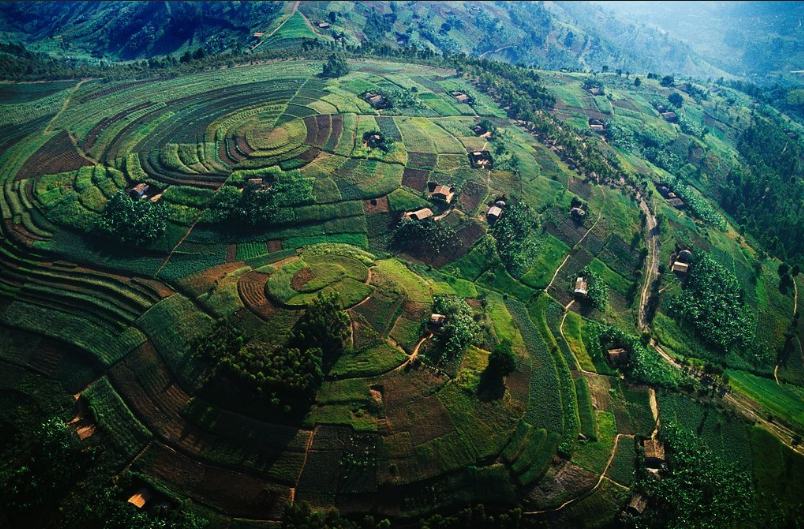
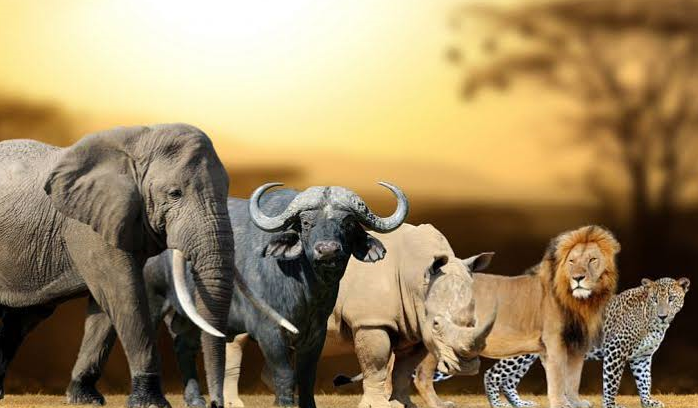
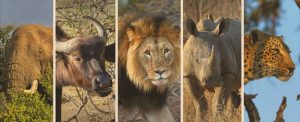


 The social and economic life of the Batwa
The social and economic life of the Batwa